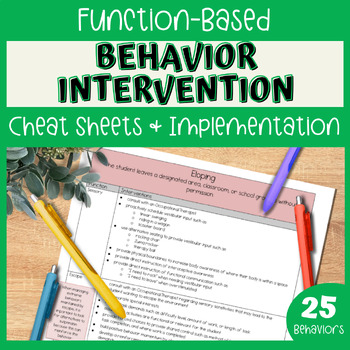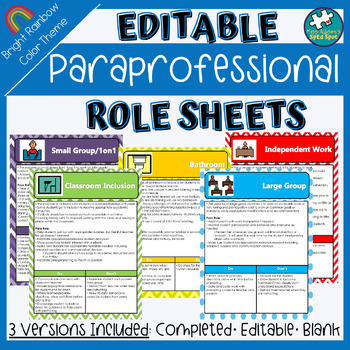Comprehensive Literacy Instruction is essential in today's classrooms, including self-contained classrooms and cross-categorical resource rooms. In many cases, reading and writing instruction has fallen by the wayside for our most complex learners however the push toward implementing the Science of Reading in all classrooms emphasizes the need for a shift.
Comprehensive Literacy for All: Teaching Students with Significant Disabilities to Read and Write by Karen Erickson Ph.D and David Koppenhaver Ph.D. provides Science of Reading research specific to our students with significant disabilities and provides some practical guidance and has been vital to teaching me (and many other teachers) the essential skills needed to incorporate the Science of Reading in our special education classrooms!
Step 1: Write the Chart (Monday)
- Choose a sentence stem. Possible topics could include the current classroom theme, responding to a recent reading passage, or incorporating the use of core words.
- The students provide a personalized response to the sentence stem.
- Provide response options using picture-supported icons or AAC devices for students who struggle with word retrieval or expressive communication.
- Then, the teacher scribes the response on the chart while saying each part aloud. A pocket chart can be a great alternative!
- Finally, the group will choral read each sentence when done.
- For non-speaking students, utilize AAC such as a big mack switch, communication board, or communication device to facilitate participation. See the example video below:
Step 2: Reread the Chart (Tuesday)
- First, the group will reread the entire chart chorally as the teacher points to each word.
- Then, provide opportunities for individual students to find words such as a targeted core word or content vocabulary.
- Next, focus on a specific element (letter, word, convention) when done.
- Finally, reread a final time.
Step 3: Work with Sentence Strips (Wednesday)
- First, the group will reread the entire chart chorally as the teacher points to each word.
- Next, pass out each student’s contribution to them on sentence strips.
- You can either prepare these sentence strips ahead of time or use this activity as an opportunity to model.
- Then, demonstrate how to cut the sentence apart into words (after each cut, reread) and reorder.
- Eventually, start reordering incorrectly to help students see if the sentence makes sense.
- Allow students to make mistakes! These are opportunities to recheck work/check for what makes sense.
- After developing an understanding, students will cut apart their own sentences.
Step 4: Be the Sentence (Thursday)
- First, the group will reread the entire chart chorally as the teacher points to each word.
- Then, choose a sentence and give each student a word from the sentence.
- Next, have them physically arrange themselves to reorder the sentence
- Repeat for 3-4 sentences.
- Finally, end with a final choral reading of sentences
Step 5: Make and Publish the Book (Friday)
- First, the group will reread the entire chart chorally as the teacher points to each word.
- Then, pass out individual sentences typed/written for book.
- You can either prepare these sentence strips ahead of time or use this activity as an opportunity to model.
- Next, they will glue their ordered sentence onto their paper.
- Then, students will add illustrations
- They can use their own drawings or find pictures on Google images.
- Finally, students will share their book page before adding it to the finished class book for the classroom library.
- You can also publish the class book to Tarheel Reader or Bookcreator.com for independent reading with technology or at home.


































